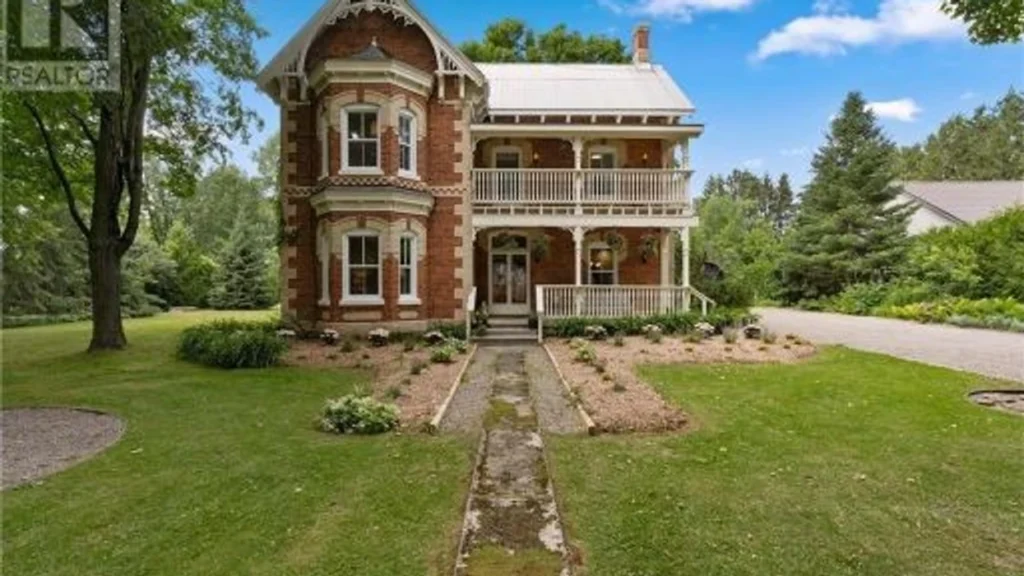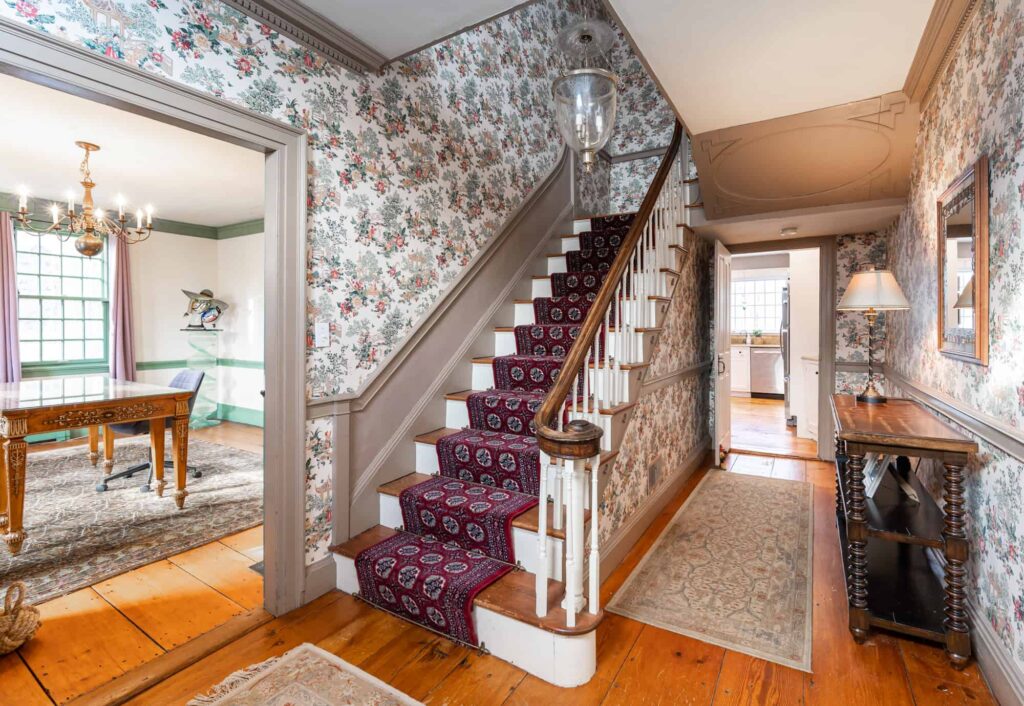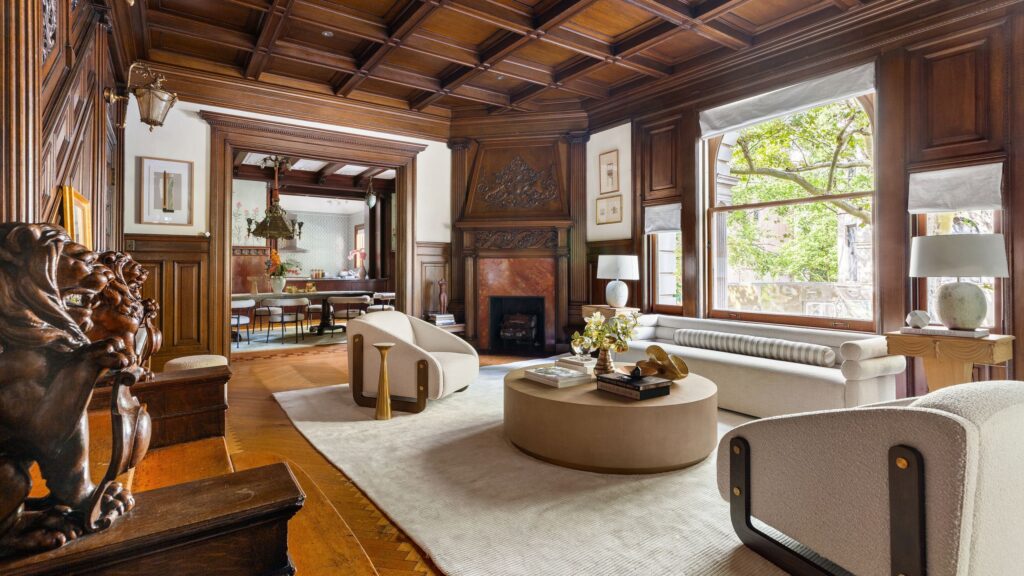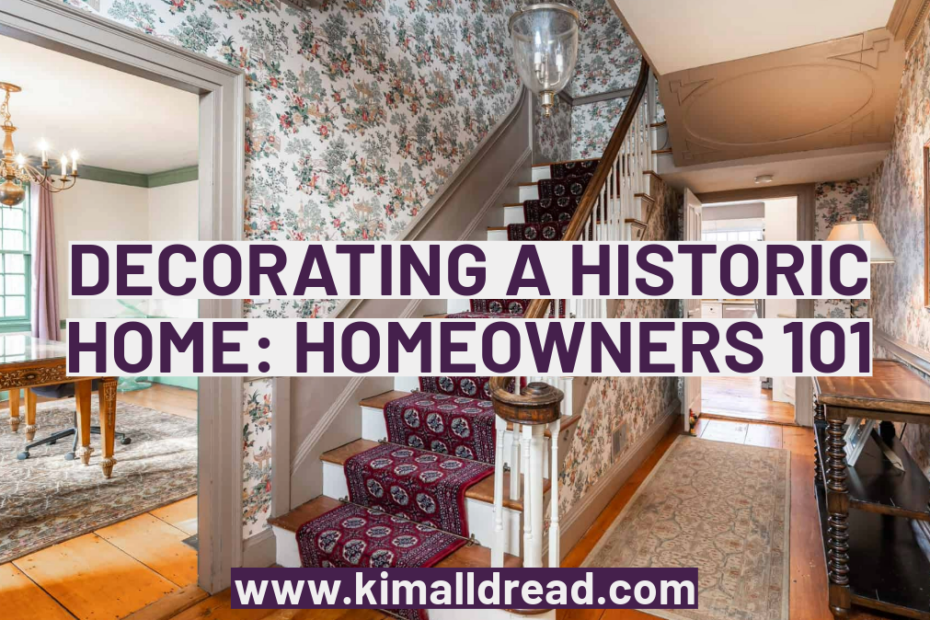So, you bought a historic home. Congratulations! You now own a piece of the past—complete with creaky floors, charming quirks, and probably a few ghost stories. But how do you decorate it in a way that honours its history without making it feel like a time capsule? Here’s how to strike the perfect balance between vintage charm and modern comfort.
Preserve the Good Stuff (And Know What to Let Go Of)

Historic homes often come with incredible craftsmanship—things like crown molding, pocket doors, stained glass, and original hardwood floors. If yours has these details, celebrate them. The last thing you want is to rip out century-old charm in favour of something trendy that’ll feel dated in five years. A little restoration work can go a long way in making these features shine again.
That being said, not everything old is worth keeping. An avocado-green bathtub from the ’70s? Maybe not. Wallpaper that has seen one too many decades? Strip it down. The goal is to honour your home’s past while making it livable in the present.
Mix Old and New Like a Pro
A historic home shouldn’t feel like a museum exhibit—it should feel lived in. The trick is to mix periods intentionally. If you have a home from the 1800s, don’t feel like you need to stick to Victorian furniture. A modern sofa with vintage-inspired details can blend beautifully with historic architecture. A sleek dining table under an antique chandelier? Chef’s kiss.
Contrast creates depth. The warmth of old wood looks amazing next to clean, modern lines. A vintage credenza can ground a space filled with contemporary art. Play with eras instead of feeling boxed into just one.
Choose a Colour Palette That Works With the Space

Older homes were designed in a time when people weren’t slapping white paint on everything. While you don’t need to go full period-correct with deep greens and maroons (unless you want to), be mindful of how colours interact with the existing architecture. Muted tones, rich neutrals, or even deep blues and warm earthy shades tend to feel more natural in historic spaces than stark bright whites.
That said, if you love a crisp white room, balance it with warm textures—wood furniture, woven rugs, or vintage-inspired light fixtures—to keep it from feeling too stark.
Be Thoughtful About Modern Upgrades
Just because your home has history doesn’t mean you have to live like it’s 1920. Smart home features, better insulation, and updated lighting can all improve your space—just be mindful of how they integrate. Recessed lighting can look out of place in an old home, but vintage-inspired fixtures with warm bulbs? Perfect.
Same goes for technology. A giant flat-screen might not vibe with your ornate fireplace, but a cleverly framed gallery wall around it? Now we’re talking. The key is to blend modern function with historic aesthetics so neither one feels jarring.

The Bottom Line
At the end of the day, you live here—not the people who built it 100 years ago. Don’t be afraid to bring in personal touches. If that means mixing a neon art piece with your original brick walls, go for it. If you want to paint your doors black instead of keeping them “historically accurate,” do it.
Historic homes come with a story, but it’s up to you to write the next chapter. Make it one that feels like home.
Until next time,
